Moore tornado 25 years later: Survivors remember devastation, pay forward support to Sulphur
MOORE — There was much on people's minds on Friday — it was the 25th anniversary of the deadly tornado that left dozens dead and survivors scarred, but also the day a funeral was held for beloved, long-time Mayor Glenn Lewis who shepherded the community through the 1999 storm and another, even deadlier tornado that struck the suburb nearly 11 years ago.
All that, however, couldn't stop community organizers from gathering supplies to help some of Oklahoma's latest storm survivors affected by 27 tornadoes that took four lives across the state and heavily damaged homes and businesses in the heart of Sulphur.
Volunteers joined teachers at Moore's Bryant Elementary School on Friday afternoon to load up collected totes and other needed supplies, including bottled water, sanitary products for women and other toiletries, clothes and various types of additional items for victims who are still cleaning up from the most recent storms at Sulphur.
Sixth-grade social studies teacher Blake Mackey, a junior at Moore High School in 1999 who worried about the safety of his mother, sister and father during that deadly storm, remembers its dramatic impact on his community, families and friends.
"It was so hard to not see things you were used to seeing as you drove across town" in the weeks and months following that storm, Mackey recalled.
More: Tornadoes likely to change state budget priorities, Senate leader says
"Even though I and my family weren't directly affected, having to watch everybody else go through everything" was hard, he said. "We didn't know what to expect."
At the same time, though, he remembers how people from across Oklahoma and the nation responded after that storm, sending all of those types of things and more to his hometown as it began to clear its debris and rebuild.
"My big goal with this was just to take an opportunity to help. Whenever everything was needed here, we didn't really have to ask for water, supplies or food.," he said.
"I remember the Tide truck coming in to help wash clothing. All of those things — nobody asked for them, they just started appearing," said Mackey, who said he graduated from Sulphur High School the following year.
"I wanted to be part of that help for someone else," Mackey said.
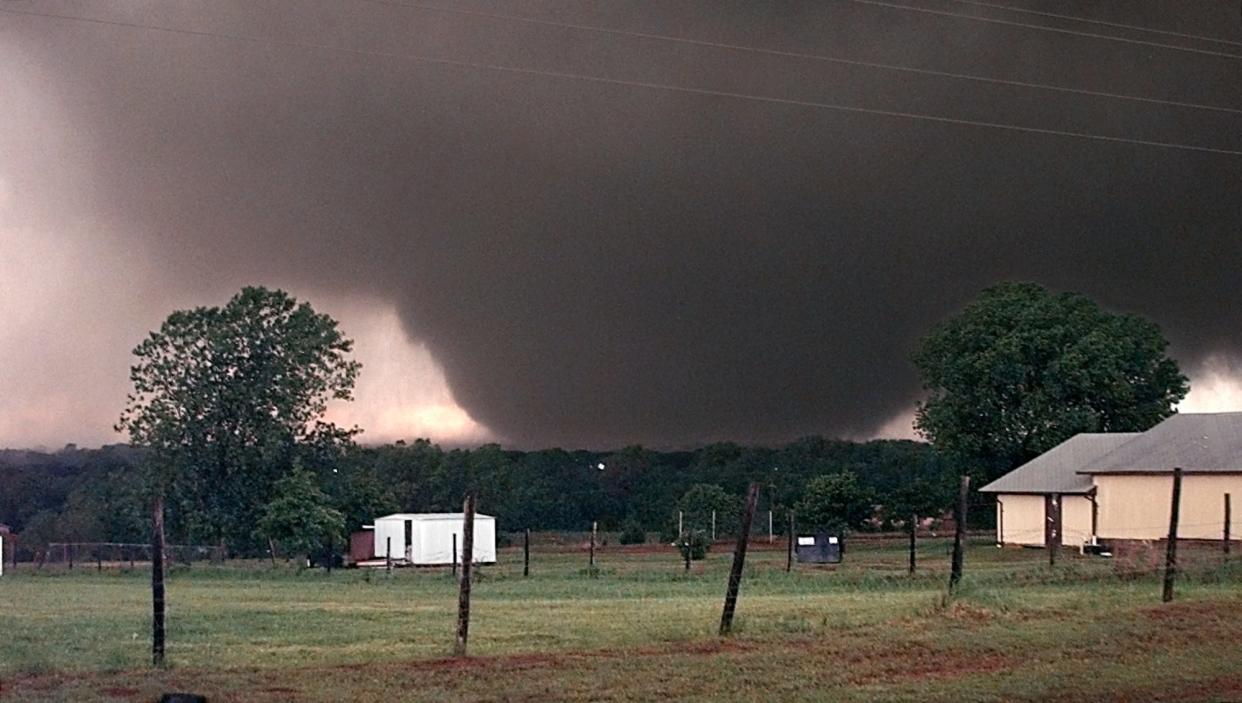
1999 tornado still ranks as one of Oklahoma's deadliest
According to the National Weather Service, May 3, 1999, is still the date of the largest tornado outbreak ever recorded in Oklahoma.
The most infamous tornado in modern memory is the EF5 monster that roared through southwest Oklahoma City and Moore, which left behind a 37-mile-long trail of destruction that stretched from Amber to Midwest City during the 1 hour 22 minutes it stayed on the ground.
The tornado produced recorded wind speeds of 302 mph. It killed 40 (five in Moore), hurt 675 more, destroyed 1,800 homes and damaged 2,500 others. Total damages were estimated at $1.2 billion.
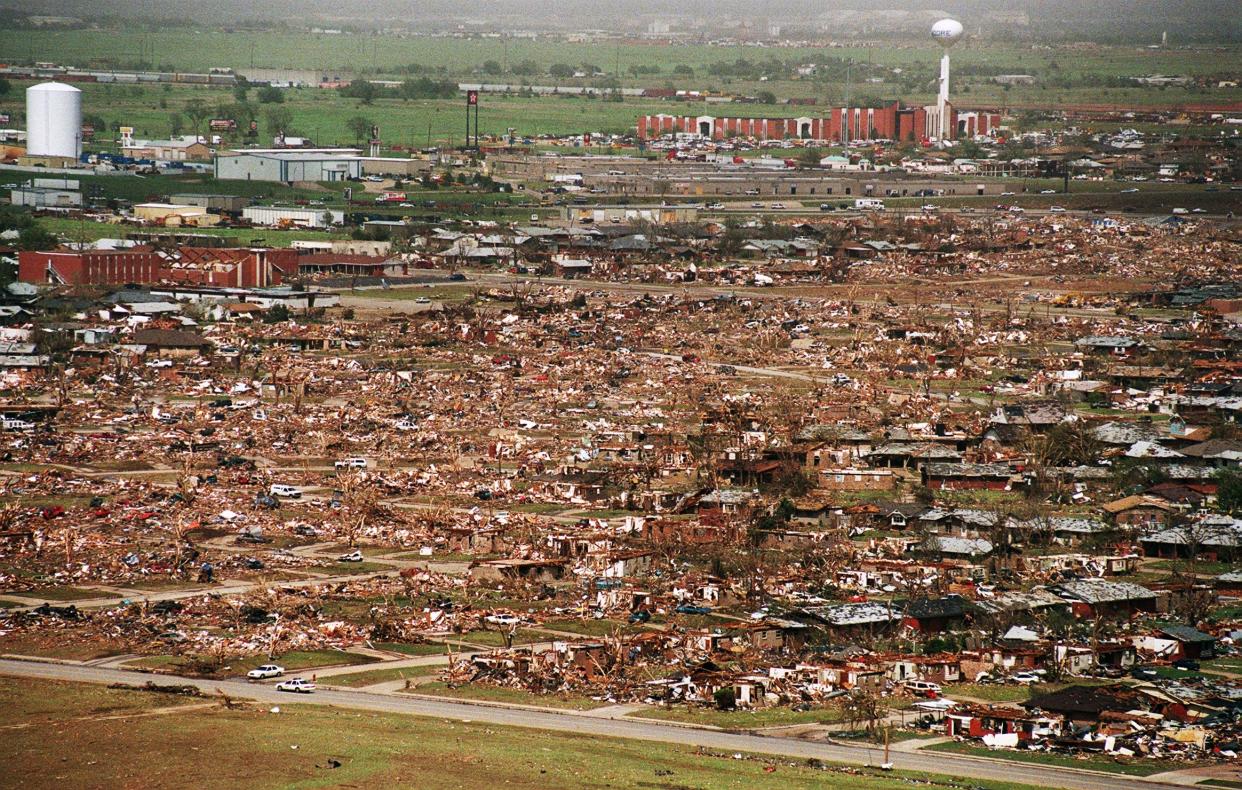
Gayland Kitch, Moore's director of emergency management, said the storm crossed into the community about 7 p.m. that night.
During the 10 minutes or so it was in Moore, it destroyed nearly 700 homes, 200 apartment units, 25 businesses and destroyed Kelley Elementary School, part of Moore Public Schools, leaving behind five fatalities, he said.
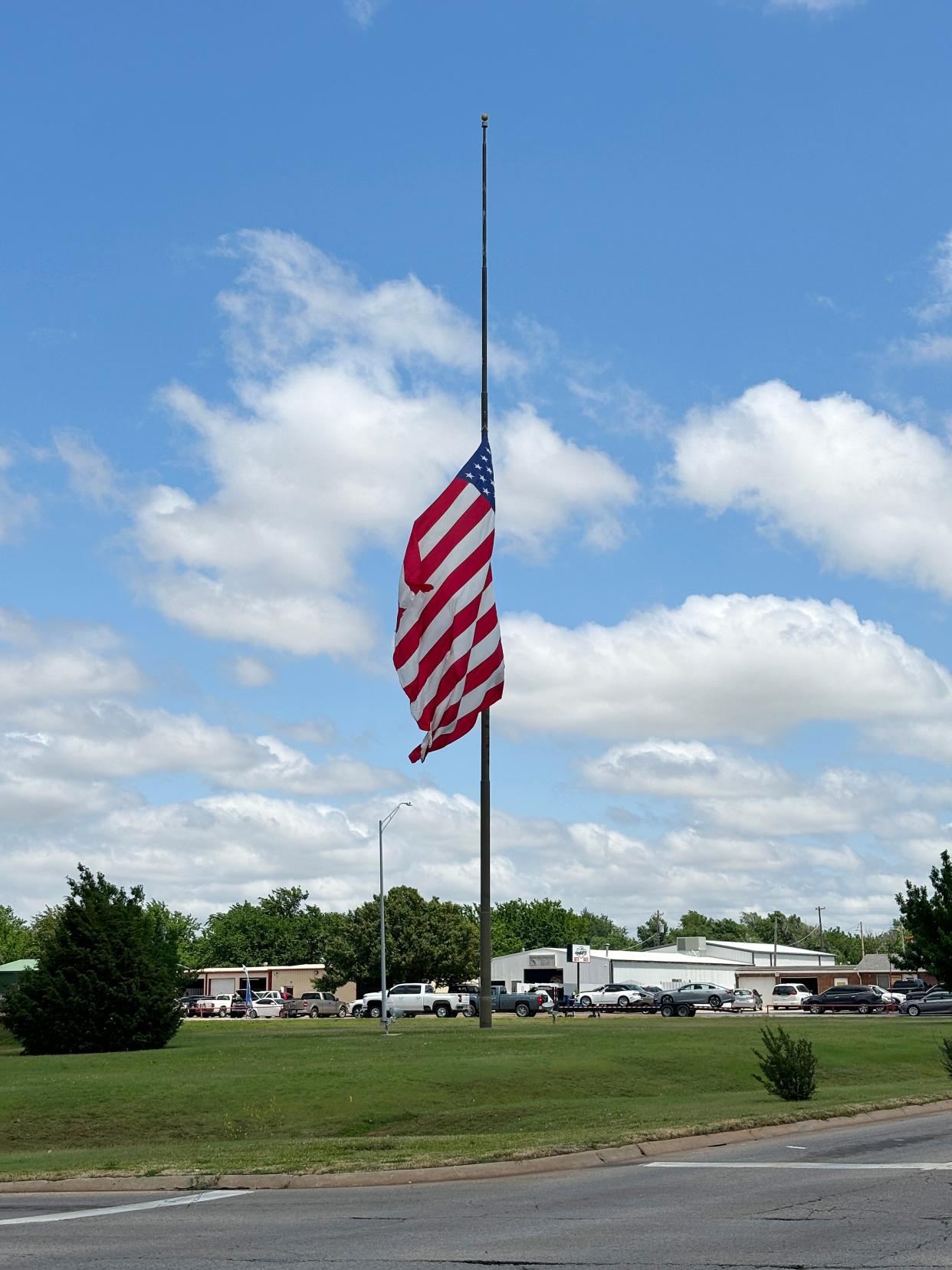
That storm and others like it since left an indelible impact on many Oklahomans who still flinch when forecasters predict tornadic storms.
Before 1999, a typical Oklahoman's vision of a tornado might have been a rope-size twister skipping across a farmer's field, a perception forever changed by the 1999 storm. And while the 25th anniversary of it is tough enough, the added weight of laying former Mayor Lewis to rest the same day makes it harder, Kitch said.
Still, Lewis and the city's management team are credited by Kitch for their Herculean responses to the storm 25 years ago, both during immediate search and rescue, sheltering and relief operations and later to clear the community of storm debris in less than four months as they continued to heavily recruit new businesses and families to the community.
Their efforts allowed Moore to show its residents and the world recovery is possible, he said.
"May 3 happened right as (economic development) was getting ready to explode," Kitch said. "When prospective business interests and interested home buyers later visited Moore looking for opportunities, they found a clean city with well-functioning leadership."
Many people and businesses decided to make the community their homes as Moore's population grew from 41,000 to 55,000 in just 10 years after the 1999 storm.
Tragedy struck in the form of tornadoes in Moore again in May 2003 and then May 2013, when another EF5 tornado ripped through the city to leave behind $2 billion in damage as it destroyed schools and large swaths of homes, injuring hundreds and killing at least 25 people, including seven children at Moore's Plaza Towers Elementary.
Moore's leadership team drew from their earlier experiences dealing with the 1999 storm to keep improving their community.
"We learned a lot of lessons," Kitch said. "One thing we teach today is how for people to take care of themselves after these kinds of storms."
After emergency responders finish their work, "there are still people trying to figure out where they are going to live, where and how they are going to work, and how they are going to financially survive," said Kitch, adding that doesn't even begin to cover the nightmares the storms leave behind for those who lost loved ones during those events.
"It is all about recovery. We won't ever fully recover, but we try to get by," he said.
Assistance being offered to victims of last weekend's storms
For residents inside of Hughes, Love and Murray counties, the U.S. Department of Housing and Urban Development (HUD) is offering the following assistance:
A 90-day moratorium on foreclosures of mortgages insured by the Federal Housing Administration (FHA) as well as foreclosures of mortgages to Native American borrowers guaranteed under the Section 184 Indian Home Loan Guarantee program and an automatic 90-day extension for borrowers seeking Home Equity Conversion Mortgages, all of which took effect on April 25.
Making mortgage insurance available to people who lost their homes and need reconstruction or entire replacements.
Making insurance available for both mortgage and home rehabilitation projects.
Sharing information on housing providers and other HUD programs.
Providing links to HUD-approved housing counseling agencies ready to assist residents in the disaster areas.
People seeking more information can call the FHA Resource Center at 800-304-9320 or go to the FHA Disaster Relief website.
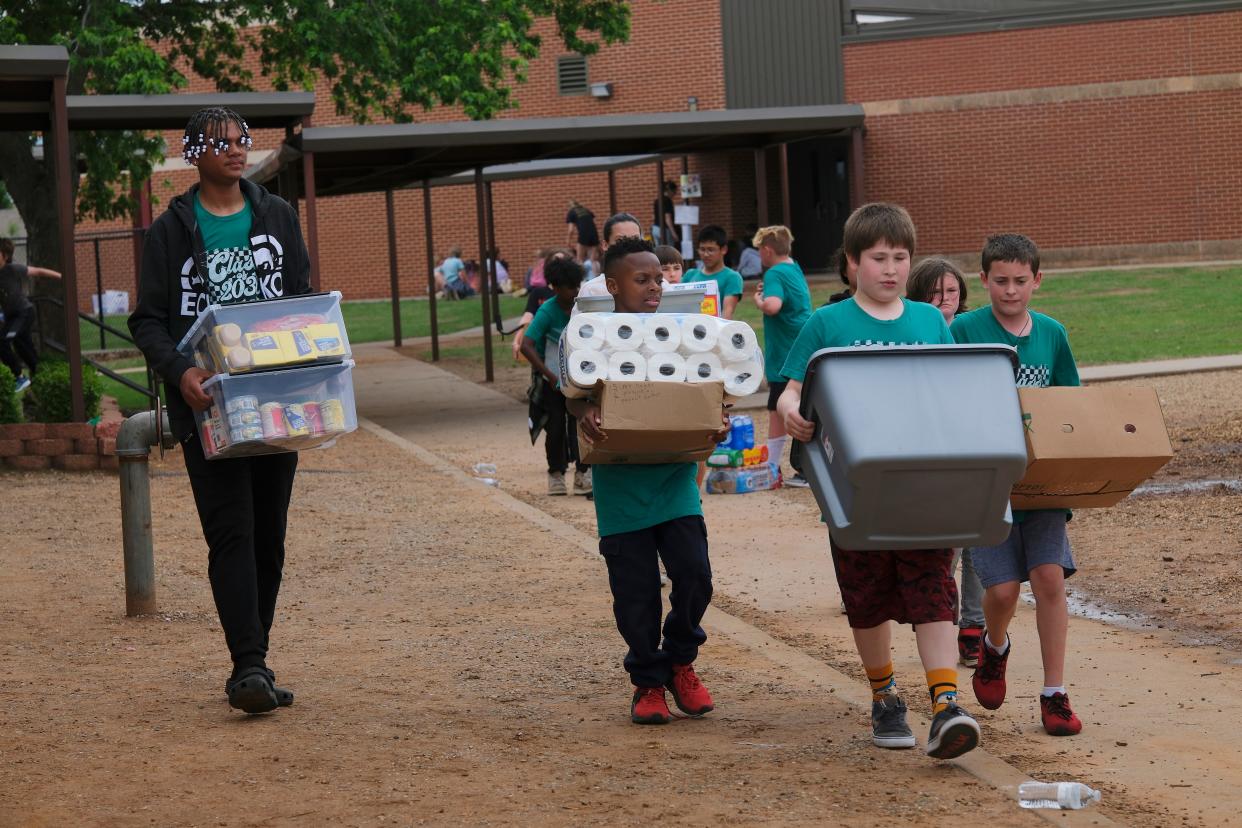
The Federal Emergency Management Agency (FEMA) also is offering residents inside those counties rental assistance and funds that could address basic home repairs, personal property losses and other eligible expenses.
FEMA also is considering reimbursement requests for:
Lodging expenses for residents that had to obtain temporary lodging because their homes were damaged.
Costs for lifesaving and life-sustaining items, including water, food, first aid, prescriptions, infant formula, diapers, consumable medical supplies, durable medical equipment, personal hygiene items and fuel for transportation.
Medical and dental expenses, funeral and burial costs, the replacement of household furniture and appliances, the replacement of specialized tools a person needs for his or her job, computers, educational materials and moving, storage and other necessary expenses related to the severe storms.
Expenses to repair or replace disaster-damaged cars and trucks.
Costs to buy or rent generators used at primary residences to power medically required equipment necessary for existing medical conditions.
People can apply for those types of assistance at DisasterAssistance.gov, FEMA has announced.
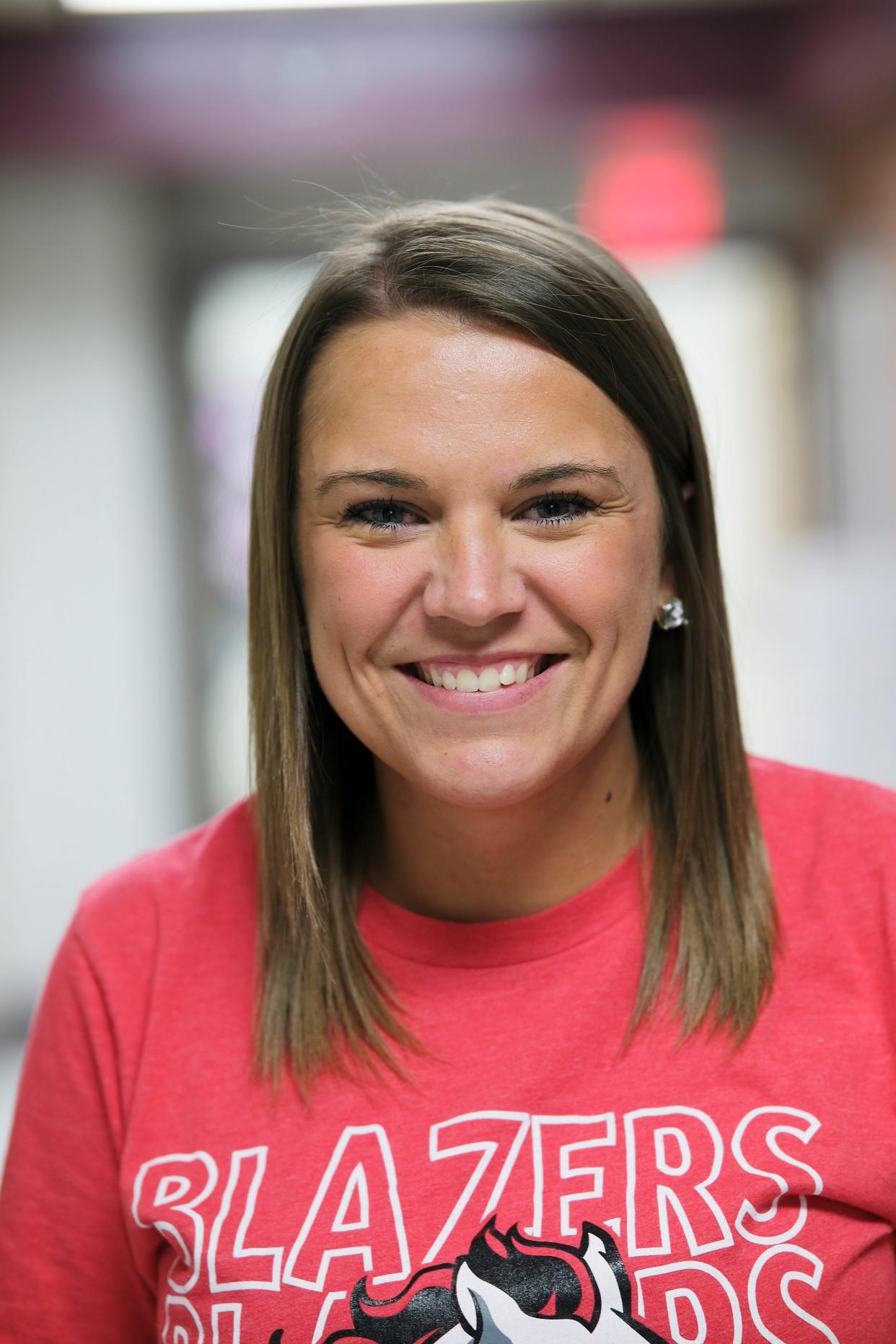
Beyond governmental assistance, the relief items collected by Moore Public Schools through Mackey's efforts definitely will be welcomed in Sulphur, said Caitlyn Stanford, a Sulphur native who teaches at Bryant Elementary School with Mackey.
While Stanford said several of her relatives lost properties or were forced to evacuate because of last weekend's storms, no one was seriously hurt. She enthusiastically embraced Mackey's efforts to organize a relief effort, she said.
"I was grateful that we together as a district could come together to help those who were impacted by the storm," said Stanford, who said they began collecting supplies on Wednesday and nearly filled the school's gymnasium.
"Oftentimes, people think something like that won't happen to them. When it does, the support they receive from people they don't even know" matters a great deal, she said.
"I have talked with my family and friends, and they are just very appreciative of all the support they have gotten so far," Stanford said.
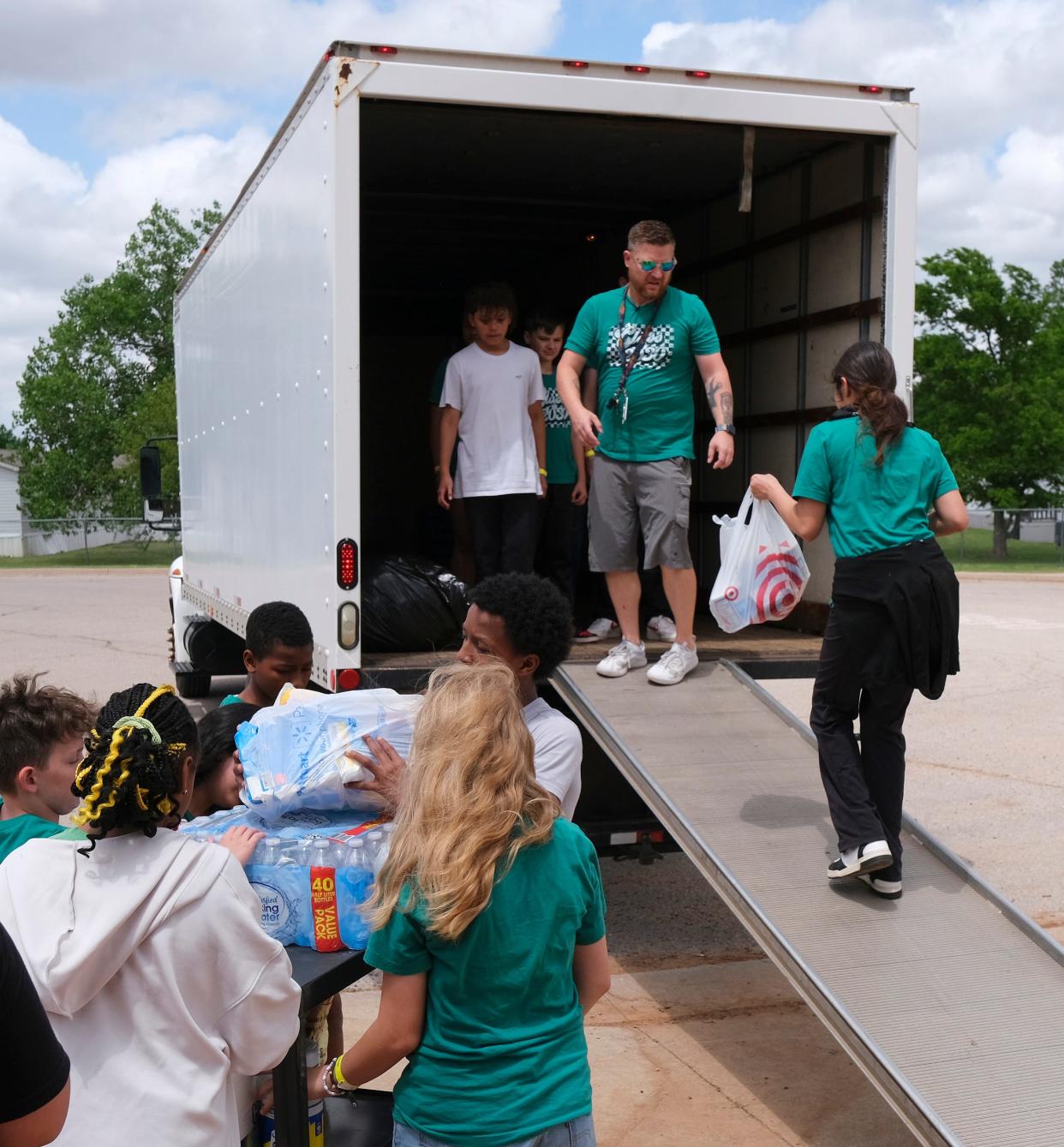
This article originally appeared on Oklahoman: Moore tornado anniversary: Survivors remember, turn support to Sulphur
